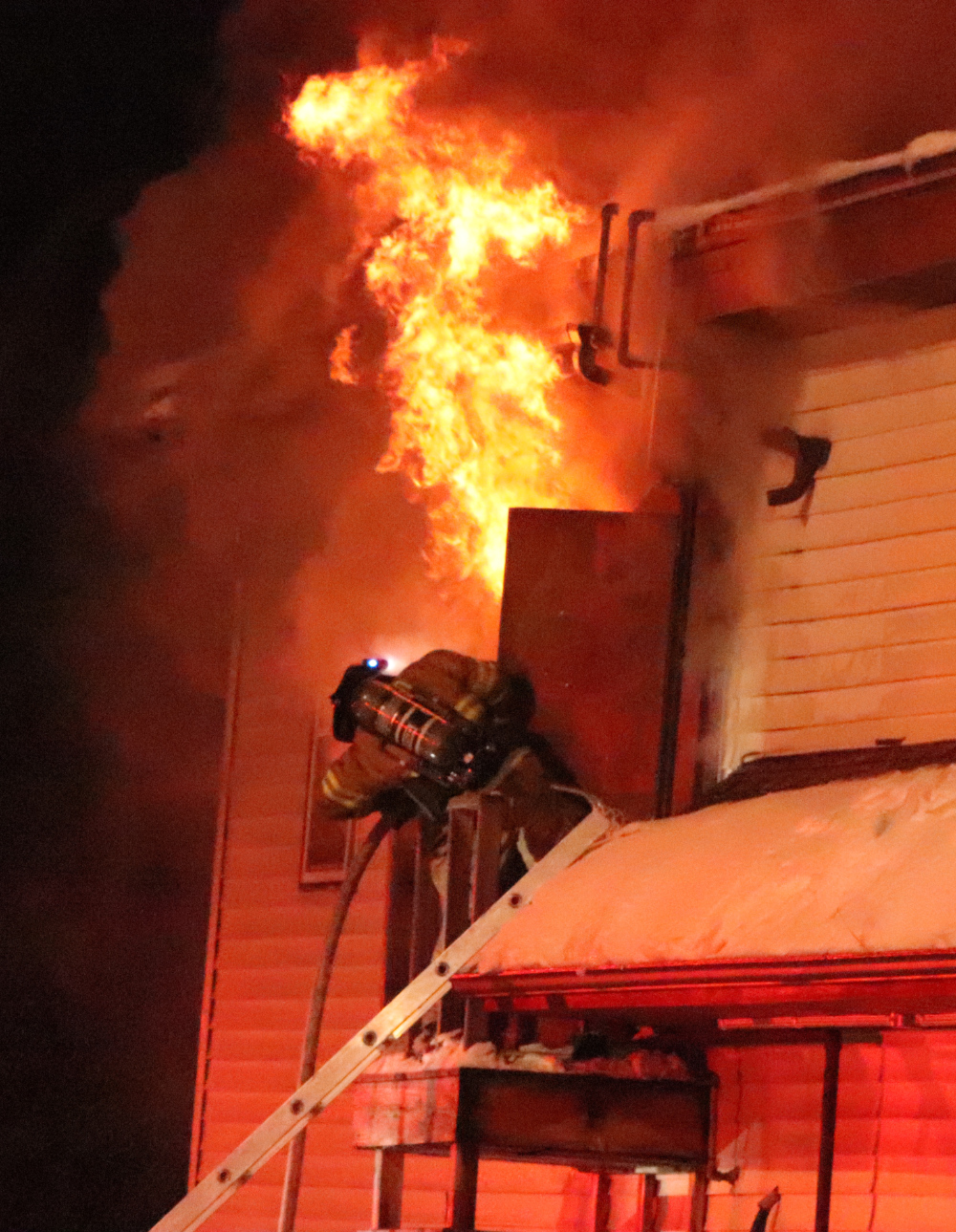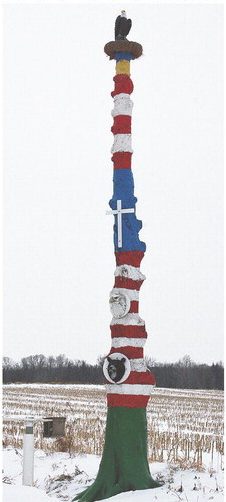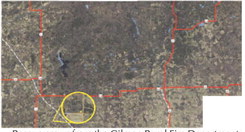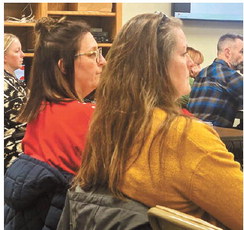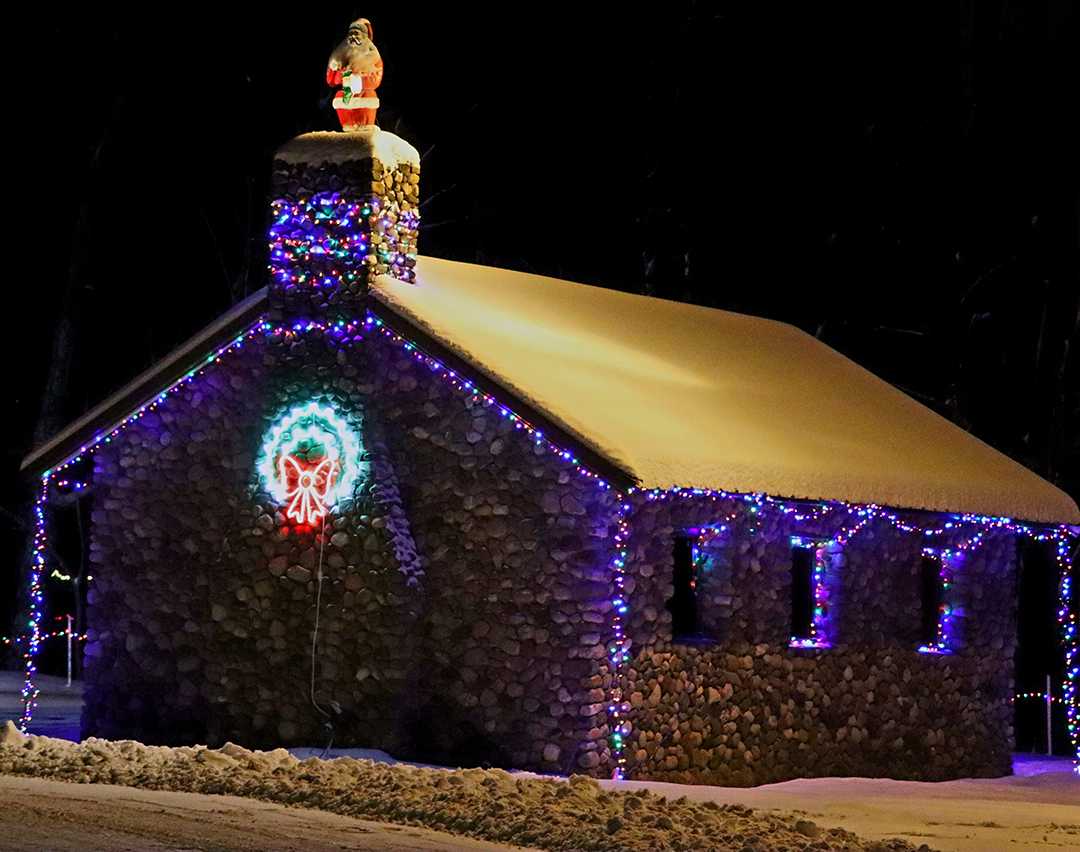Animal waste applications approved for swine facility
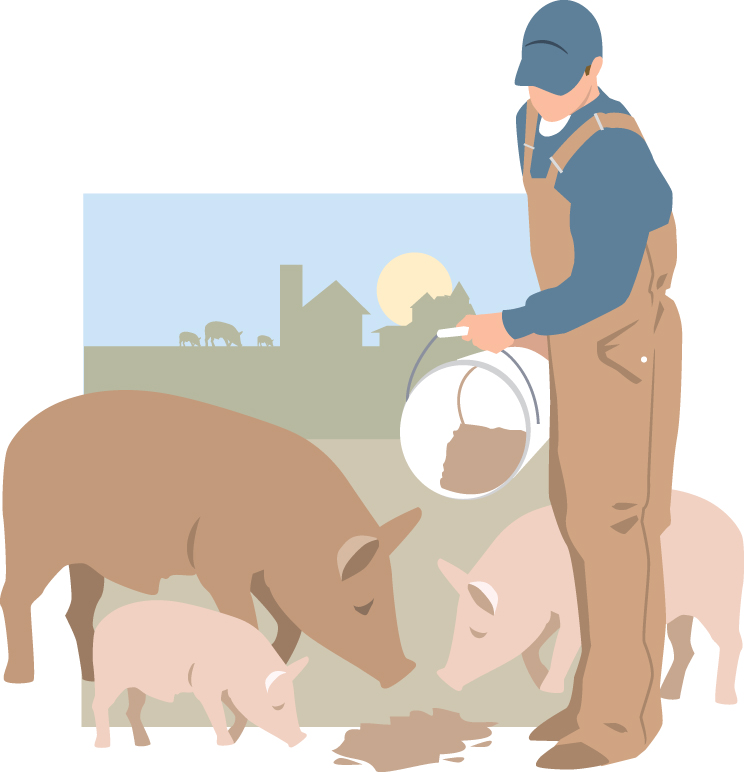

By Julia Wolf
The Animal Waste Storage applications for Blue Hills Swine Facility, owned by Four Mile, LLP, were approved during a Rusk County Land and Water Conservation Committee me...
